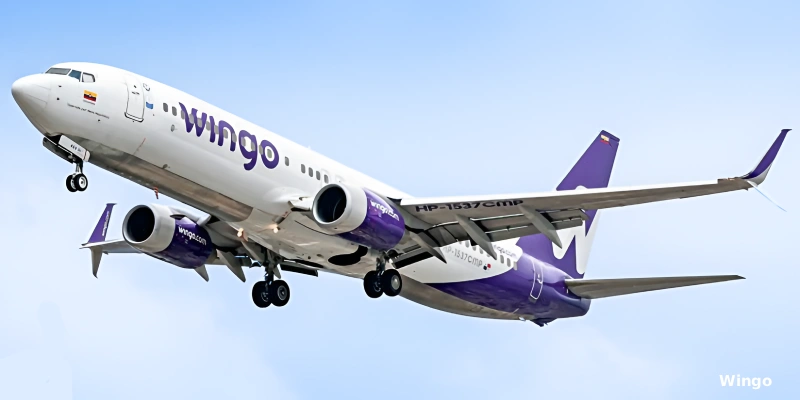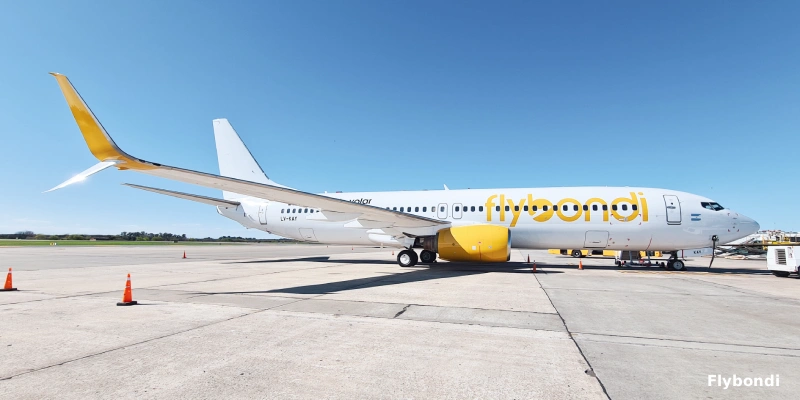Singapore Airlines (SIA) breaks profit record and announces growth in air transport demand in FY2023/24, driven by the recovery in North Asia with the full reopening of borders in China, Hong Kong SAR, Japan and Taiwan.
Together with its low-cost carrier Scoot, they carried 36.4 million passengers, a year-on-year increase of 37.6%. Passenger traffic grew by 26.6%, outpacing the 22.9% increase in capacity. As a result, the Group’s passenger load factor (PLF) improved 2.6 percentage points to a record 88.0%. SIA and Scoot recorded record occupancy factors of 87.1% and 91.2%, respectively.
Group revenue increased by 1,238 million Singapore dollars (846 million euros, +7.0% year-on-year) to a record 19,013 million Singapore dollars (12,999 million euros). Revenue from passengers carried increased by SGD2,319 million (EUR1,585 million, +17.3%) to SGD15,685 million (EUR10,722 million), despite a 7.6% decline in yield per passenger. Revenue from cargo carried decreased by 1,485 million Singapore dollars (1,015 million euros,-41.2%) to 2,119 million dollars. Although freight cargo increased by 1.7% due to strong demand from the e-commerce segment, throughput was 42.2% lower than the previous year, although 29.8% above pre-pandemic levels.
Group expenses increased by 1,202 million Singapore dollars (821 million euros, +8.0%) to 16,285 million Singapore dollars (11,133 million euros). Non-fuel expenses grew by SGD1,336 million (€913 million, +13.5%), and were partially offset by a decrease of SGD132 million (€90 million, -2.5%) in net fuel cost. The increase in non-fuel costs was lower than the 16.0% increase in overall passenger and freight capacity. On the other hand, net fuel cost decreased despite an increase in volumes consumed of +918 million Singapore dollars (+627 million euros) and a lower fuel hedging gain of +358 million Singapore dollars (+244 million euros) mainly due to an 18.5% decline in fuel prices (-1,281 million Singapore dollars, equivalent to 875 million euros).
→ Singapore Airlines enhances Premium Economy Class In-Flight experience
As a result, the Group’s operating profit reached a record SGD 2,728 million (EUR 1,864 million), an increase of SGD 36 million (EUR 24 million) or 1.3% over the previous year.
The Group’s net profit improved by 518 million Singapore dollars (354 million euros, +24.0%) to 2,675 million Singapore dollars (1,828 million euros). This was mainly due to better operating results (+36 million Singapore dollars, equivalent to €24 million), net interest income versus net interest expense in the previous year (+215 million Singapore dollars, equivalent to €147 million), lower tax expenses (+132 million Singapore dollars, equivalent to +90 million)2, and share of profit versus share of loss of associates in the previous year (+104 million Singapore dollars, equivalent to +71 million euros).
Fleet and Network Development
As of March 31, 2024, the airline’s operating fleet consisted of 200 aircraft with an average age of seven years and three months. SIA had 142 passenger aircraft and seven freighters, while Scoot had 51 passenger aircraft. In April 2024, the Group added one Airbus A350-900 and two Embraer E190-E2 aircraft to its fleet. As of May 1, 2024, the company had 89 aircraft on order.
As of March 31, 2024, the Group’s passenger network covered 118 destinations in 35 countries and territories. SIA served 73 destinations and Scoot served 67. The freight network comprised 123 destinations in 37 countries and territories.
For the 2024 northern summer operating season (March 31, 2024 to October 26, 2024), Barcelona, Beijing, Darwin, Hong Kong SAR, Houston, Kuala Lumpur, Melbourne, Milan, Perth, Rome, Seattle, Shanghai, Taipei-Tokyo (Narita) and Yangon will see increased services. SIA launched services to Brussels in April 2024 and will start operations to London (Gatwick) in June 2024.
Scoot began operations with the Embraer E190-E2 on May 7, 2024 with flights to Krabi. The aircraft operates to existing destinations such as Hat Yai, Miri and Kuantan, as well as two new points: Koh Samui (in May 2024) and Sibu (in June 2024). The aircraft’s operability on smaller routes to non-metro destinations in Asia-Pacific allows the Group to unlock significant growth opportunities in the region.
Perspective
Air travel demand remains firm in the first quarter of fiscal 2024/25, supported by a strong rebound in bookings to North Asia and Southeast Asia. The company expects passenger yields to continue to moderate due to the increased supply of capacity by airlines, especially in the Asia-Pacific region. The Group will closely monitor market conditions and adjust its network according to demand.
The freight request was bolstered towards the end of FY2023/24 by strong demand from online trade, resilient and growing segments such as perishables and concerts, as well as a shift towards airfreight by some courier services due to security concerns in the Red Sea region. Although yields have remained above pre-pandemic levels in FY2024/25, downward pressure remains as the industry’s cargo capacity increases. The airline will monitor key trade routes to ensure the competitiveness of the cargo segment.
The airline industry continues to face challenges such as rising geopolitical tensions, an uncertain macroeconomic climate, supply chain constraints and high inflation in many parts of the world.
Related Topics
LATAM Renews Its Premium Business Experience Inspired by South America’s Identity
Wingo to Suspend Direct Flights Between Bogotá and San José, Costa Rica
Flybondi to Operate Record Number of Flights to Brazil During 2025/26 Southern Summer Season
Avianca to Increase Flights Between Bogotá and Córdoba Starting in December

Plataforma Informativa de Aviación Comercial con 13 años de trayectoria.




